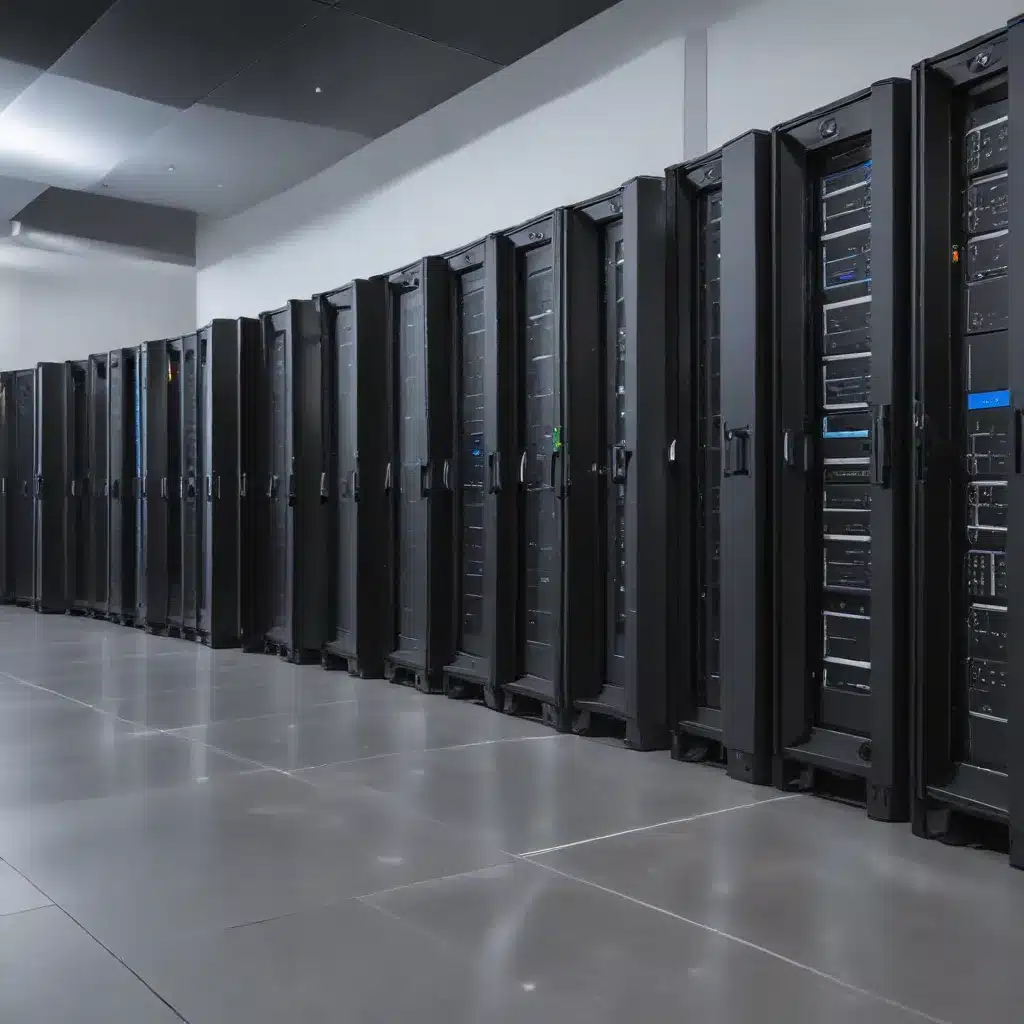
In the ever-evolving landscape of modern IT, the concept of serverless computing has gained significant traction, revolutionizing the way organizations approach their technology infrastructure. As a seasoned IT professional, I’m excited to share my insights on navigating the power of Microsoft Azure’s serverless computing solutions.
Understanding Serverless Computing with Azure Functions
At the heart of Azure’s serverless offerings lies Azure Functions, a robust and scalable platform that empowers developers to write less code, maintain less infrastructure, and ultimately, save on costs. Unlike traditional server-based architectures, Azure Functions abstracts away the complexities of server management, allowing you to focus solely on the code that matters most to your business.
Azure Functions provides a comprehensive set of event-driven triggers and bindings, seamlessly integrating your functions with other Azure services and external data sources. This event-driven approach enables you to build modern, scalable, and highly responsive applications without the burden of managing underlying infrastructure.
One of the key advantages of Azure Functions is its language flexibility. Whether you prefer C#, Java, JavaScript, PowerShell, Python, or even emerging languages like Rust and Go, Azure Functions supports a wide range of development environments, empowering you to leverage the tools and languages you’re most comfortable with.
Exploring Azure Functions Scenarios
Azure Functions offers a diverse range of scenarios that allow you to build event-driven systems using modern architectural patterns. Some of the most common use cases include:
Serverless Web Applications
Develop scalable, highly responsive web applications that can handle spikes in traffic without the need to provision and manage servers. Azure Functions can power the backend of your web applications, handling tasks such as API endpoints, data processing, and real-time updates.
Event-Driven Data Processing
Leverage Azure Functions to build data pipelines that respond to various events, such as new file uploads, database changes, or IoT sensor data. This enables you to process and transform data in near-real-time, without the overhead of managing servers.
Serverless Microservices
Architect your applications as a collection of loosely coupled, independently scalable microservices using Azure Functions. This approach promotes flexibility, scalability, and maintainability, aligning with modern software development practices.
Serverless IoT and Edge Computing
Extend your IoT solutions with Azure Functions, deploying intelligent, event-driven logic closer to the edge, where data is generated. This can reduce latency, improve responsiveness, and optimize resource utilization.
Serverless Chatbots and Conversational AI
Develop sophisticated chatbots and conversational AI applications powered by Azure Functions, seamlessly integrating with services like Azure Cognitive Services to deliver intelligent, natural language interactions.
Hosting Options and Scaling Considerations
Azure Functions provides a range of hosting options to cater to your specific business needs and application workloads. These options include:
-
Consumption Plan: A fully serverless hosting option where you only pay for the execution time of your functions, without the need to manage any underlying infrastructure.
-
Premium Plan: An always-warm instance hosting option that provides faster response times and more advanced scaling capabilities.
-
Dedicated Hosting (App Service Plan): A hosting option where you can run your functions within an existing App Service plan, providing predictable scaling behaviors and cost structures.
-
Container Hosting: The ability to deploy your functions in custom containers, giving you complete control over the runtime environment and dependencies.
These hosting options allow you to choose the right balance between cost-efficiency, performance, and control, ensuring your serverless applications are tailored to your specific requirements.
Integrating with Azure Services and Tools
One of the key strengths of Azure Functions is its seamless integration with the broader Azure ecosystem. Azure Functions integrates directly with a wide range of Azure services, including Azure Storage, Azure Cosmos DB, Azure Event Grid, and Azure Service Bus, among others. This tight integration allows you to build robust, end-to-end solutions without the need to write additional glue code.
Moreover, Azure Functions seamlessly integrates with popular development tools and IDEs, such as Visual Studio, Visual Studio Code, and Maven. This enables a smooth development and deployment experience, allowing you to leverage familiar tools and workflows for building, debugging, and deploying your serverless applications.
Monitoring and Observability
Azure Functions provides comprehensive runtime telemetry and analysis through its integration with Azure Monitor and Azure Application Insights. This allows you to gain deep insights into the performance, health, and usage patterns of your serverless applications, empowering you to optimize their efficiency and troubleshoot any issues that may arise.
With the ability to monitor function execution, invocation rates, and resource utilization, you can proactively identify and address any performance bottlenecks or scaling challenges, ensuring your serverless solutions remain highly available and responsive.
Conclusion
As an experienced IT professional, I’ve witnessed the transformative impact of serverless computing on modern application architectures. Microsoft Azure’s serverless solutions, particularly Azure Functions, offer a compelling and robust platform for building scalable, cost-effective, and event-driven applications.
By embracing Azure Functions, you can focus on writing the code that matters most to your business, while Azure handles the underlying infrastructure management. With its language flexibility, comprehensive integration capabilities, and robust monitoring features, Azure Functions empowers you to deliver innovative, cloud-native solutions that drive your organization’s digital transformation.
If you’re ready to explore the power of serverless computing and unlock new possibilities with Azure Functions, I encourage you to visit the IT Fix blog for more in-depth insights and practical guidance on navigating the ever-evolving world of IT solutions.












